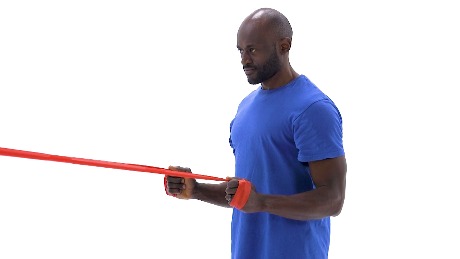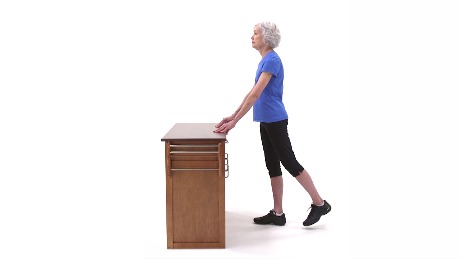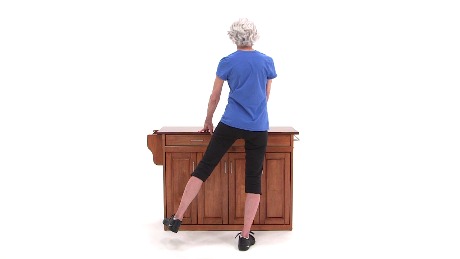Physical Therapy For Scoliosis: How Can It Help?

Licensed Physical Therapist, PT, DPT // Dry Needling Certified // Titleist Performance Institute Certified // Director of Player Development, EW Golf // EW Motion Therapy Homewood // EW Motion Therapy Trussville
Your spine is one of your body’s primary internal structures. It surrounds and protects your spinal cord and provides support and stability for the entire body. A scoliosis diagnosis can raise many questions concerning your daily life moving forward. Will I be able to do my favorite activities? Can I exercise like I currently do? And how much daily pain will I have?
While scoliosis can sound scary, most people live without significant limitations. At EW Motion Therapy, we help our patients with scoliosis maintain their range of motion and manage symptoms to continue their daily routines and favorite activities. Even if you decide to pursue physical therapy elsewhere, we still want to present it as a conservative treatment option for scoliosis.
This article discusses the types of scoliosis, how the condition affects movement, and how physical therapy can help. With this information, you can seek the treatment you need and continue progressing well.
What is scoliosis?
By definition, scoliosis is simply an abnormal curvature of the spine. Some people are born with the condition, while others develop it due to degeneration or aging. However, approximately 2-3% of the population has scoliosis. It is not a diagnosis to be scared of, but one that can be treated effectively, allowing for participation in the activities you enjoy.
There are three primary types of scoliosis, so let’s go through each and who they typically affect.
- Idiopathic scoliosis: About 80% of scoliosis patients have this type, which comes about when other possible causes are ruled out. It is usually the least severe type and may be divided into subtypes based on age (infantile, juvenile, adolescent).
- Congenital scoliosis: This is the type that someone is born with - the condition develops in utero.
- Neuromuscular scoliosis: This type results secondary to a previously known neuromuscular condition, such as cerebral palsy, muscular dystrophy, or spina bifida. It usually progresses quickly and has a higher surgical rate.
Scoliosis rarely progresses to needing surgical correction, but your doctor will discuss an appropriate treatment plan with you upon diagnosis, based on the degree of curvature.
How does the condition affect movement?
One of the primary effects of scoliosis is decreased range of motion and flexibility. You may also experience postural changes, decreased strength, or increased muscle tone and tenderness. If the condition causes someone to hunch forward, which can happen as the disease progresses, it could affect their breathing patterns due to changes in rib position and thoracic expansion. Some daily movements may become more difficult due to pain and decreased mobility, such as squatting, turning (torso rotation), bending over, and reaching overhead.
How can physical therapy help?
When you come to physical therapy for scoliosis, your therapist will educate you about the condition, the severity of your case, and some of the long-term effects it may cause. They will then work with you to improve your range of motion and begin building strength and endurance, especially in your core. They can also help with postural and ergonomic accommodations.
Your PT may employ one of these two popular treatment methods while working with you. The Schroth method seeks to restore natural alignment by elongating the concave side of the spine and shortening the convex side. It also emphasizes breathing and positioning by using different props (racks, balls, etc.). The SEAS method (Scientific Exercises Approach to Scoliosis) promotes self-correction and movement to improve stability, strength, and motor coordination/control. The therapist would work with you to restore “proper” alignment on your own, then walk you through exercises to test your ability to maintain that alignment so that it becomes habitual for long-term change. This is a very simplified description of two important treatment approaches.
Along with treatment progressions in the clinic, your therapist will also give you exercises to do at home. Here are a few our therapists have assigned for our scoliosis patients. If you want to try any of these at home, discuss it with your doctor to ensure it is safe for you.
Standing Shoulder Row with Anchored Resistance: Begin standing upright, holding both ends of a resistance band that is anchored in front of you at chest height, with your palms facing inward. Pull your arms back with your elbows tucked at your sides, then return to the starting position and repeat. Make sure to keep your core engaged and focus on squeezing your shoulder blades together as you pull on the band.

Standing Hip Extension with Counter Support: Begin in a standing upright position with your hands resting on a counter. Tighten your buttock muscles and slowly lift your leg backward. Return to the starting position and repeat. Make sure to keep your moving leg straight and keep your shoulders and hips facing forward during the exercise. Use the counter to help you balance as needed.

Standing Hip Abduction with Counter Support: Begin in a standing upright position with your hands resting on a counter. Lift your leg out to your side, then return to the starting position and repeat. Make sure to keep your moving leg straight and do not bend or rotate your trunk during the exercise. Use the counter to help you balance as needed.

What else can I do to move better?
Now you know more about scoliosis and how physical therapy can help. While there might be physical effects from scoliosis, the condition can also affect your mental health, including increased stress and depression. It is vital to care for both your physical and mental health by doing your favorite things, whether you like bike rides, swimming, or taking long walks - do your best not to let your diagnosis limit you.
While a scoliosis diagnosis can raise many questions, if you surround yourself with the best care team, you can find ways to manage your symptoms and go about your daily routine. We not only treat your scoliosis symptoms at EW Motion Therapy but also provide emotional support and encouragement as you progress and grow stronger. If you are interested in working with us, answer the questions in our Program Match Tool to see which of our programs best fits your needs.

